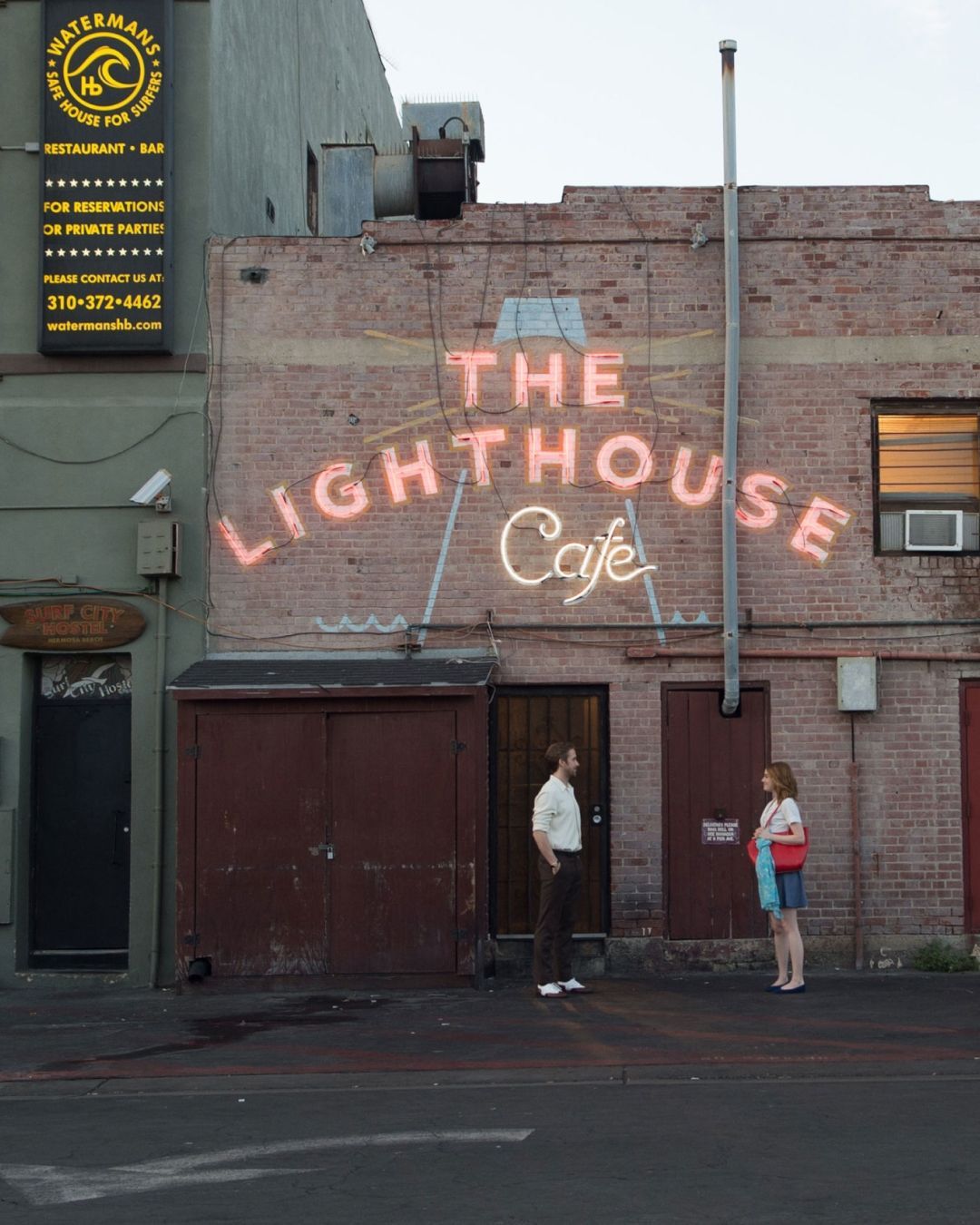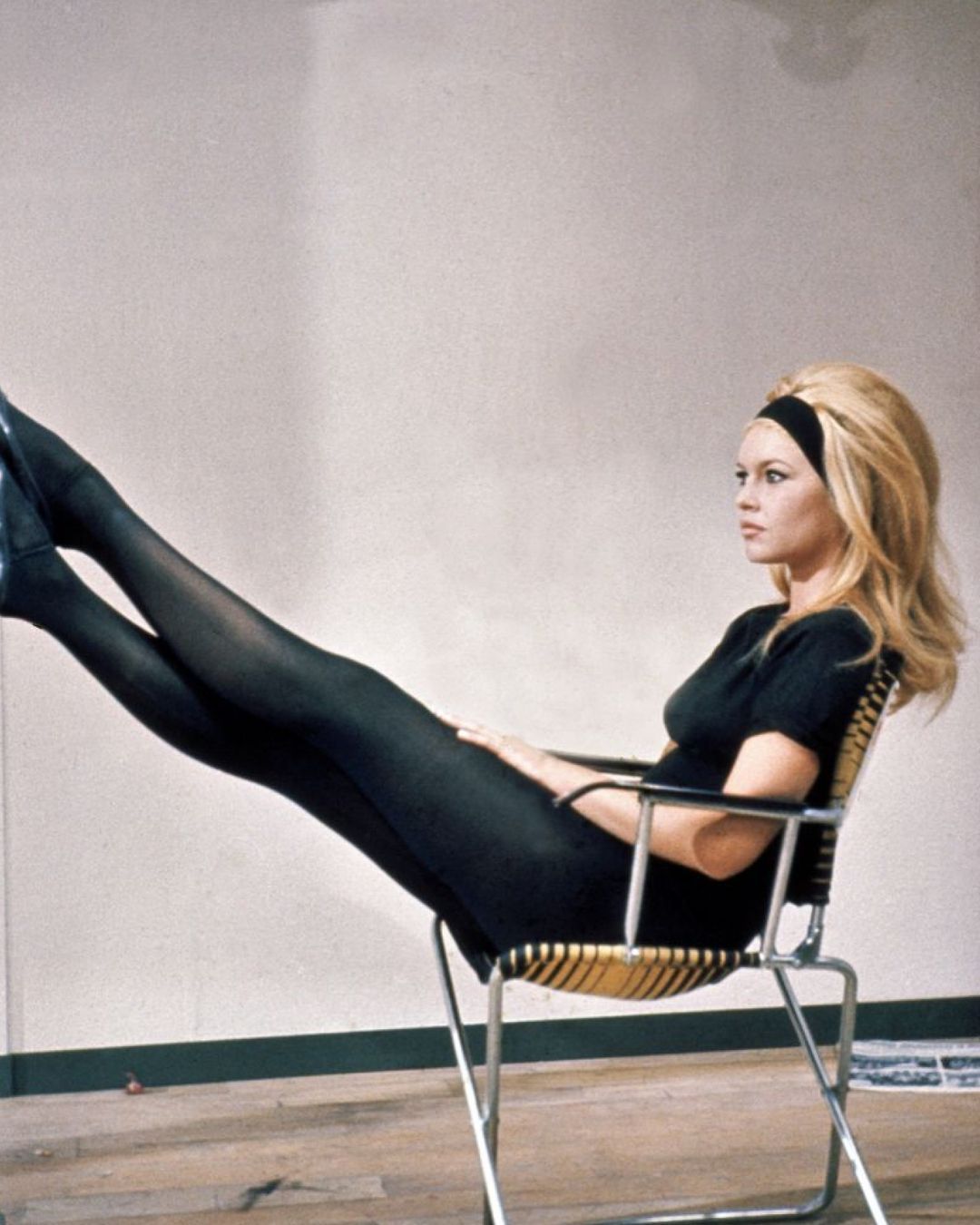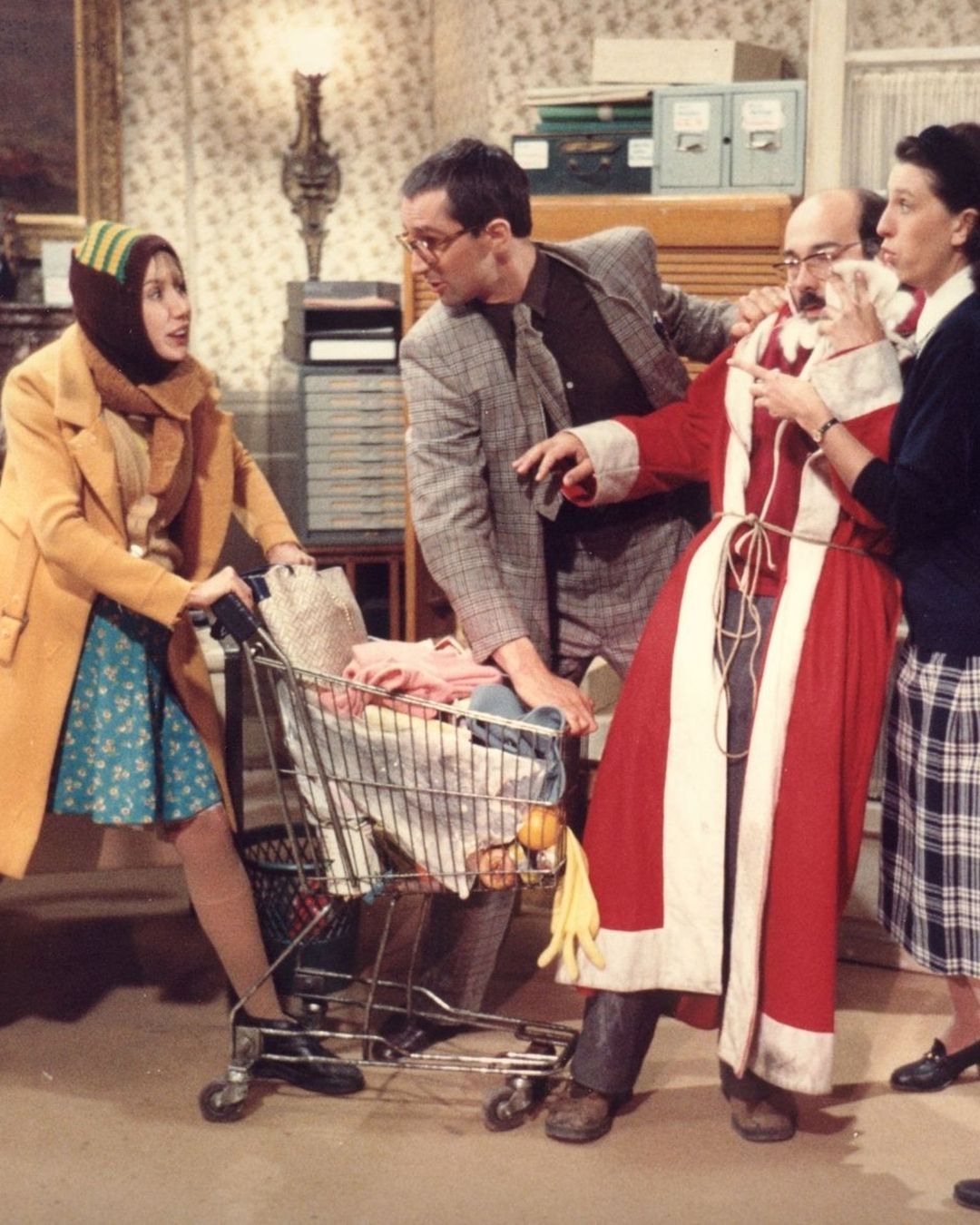
Why is filming films and TV series in the US becoming less and less profitable? The costs of going abroad are paradoxically much lower
Over the past thirty years, shooting a film or TV series in the United States, particularly in California, has become progressively more expensive compared to filming abroad. This growing disparity has contributed to shifting a significant portion of U.S. audiovisual production outside national borders: it’s estimated that at least one-third of the total hours of American films and series are now produced abroad. In the past, American film and television production was almost exclusively concentrated in California, especially in Los Angeles. Most industry professionals still live here, where the headquarters of the main production companies and streaming platforms are also located. However, between the late 1990s and early 2000s, a process of production outsourcing began, encouraged by the widespread adoption of the tax credit across many U.S. states. This is a fiscal mechanism that provides tax breaks to productions that choose to shoot in a specific geographic area. In the U.S., over 35 states — including Michigan, Arizona, and Kentucky — now offer incentives to attract productions. In particular, Georgia has become a central hub for the industry, so much so that all Marvel films since 2008 have been shot there. Nevertheless, several foreign countries have proven to be even more competitive in terms of tax incentives, attracting a growing number of American productions. The United Kingdom, for example, has become a benchmark for major international productions thanks to its incentive system, as well as the robustness of its infrastructure and skilled workforce. It’s no coincidence that the new Avengers film was shot there, as will be the next Star Wars installment.
@movieclips Another Day of Sun - Part 1 - La La Land (2016) - TM & #LionsgateFilms Commuters on the L.A. freeway sing and dance about life in "La La Land." Click the link in bio to watch the full movie. #lalaland #lalalandmovie #emmastone #ryangosling #movieclips original sound - Movieclips
Until last year, even Italy was highly valued for its ability to host foreign productions, thanks to a competitive tax credit system, the variety of locations, and the quality of its technical crews. However, some regulatory changes introduced by the current government have reduced the country’s attractiveness, causing a drop in international productions and a near-total shutdown of the industry, with severe consequences for workers. Other European countries like Hungary, the Czech Republic, and Germany continue to be highly sought-after destinations, both for their lower costs and their availability of infrastructure and skilled professionals. Even though California has its own tax credit system, the percentage of relief offered does not compare to what is available in many other countries. Added to this are the generally higher production costs in the state, which overall make it less advantageous to shoot films or TV shows there. It has reached the point where moving part of the cast and crew abroad — even for long periods and with intercontinental travel — is still cheaper than filming in the United States. A comparison published by the New York Times illustrates this disparity effectively: in Budapest, a team of seven set technicians for one month of filming costs around $60,000, while in Los Angeles, $53,000 barely covers one single technician with the same qualifications. For this reason, there is growing concern that Los Angeles may undergo a transformation similar to what happened in Detroit in the 1970s with the auto industry — a progressive outsourcing that hits a sector long central to the local economy.
The issue has already been raised on several occasions by representatives of the film industry, who are calling for concrete solutions to make it sustainable to film in California again. The decline in productions has had visible effects: many businesses linked to the film and TV supply chain have closed, hit by a steady drop in demand. In response, a campaign has been launched, #StayinLA, aimed at securing stronger tax incentives to keep productions in the state. However, signals from major production companies don’t seem to be heading in that direction. Netflix itself — one of the few players still investing heavily in the United States — has announced a $1 billion investment in Mexico, confirming a trend that appears difficult to reverse in the short term. Trump has also weighed in on the debate, announcing plans to introduce 100% tariffs on films shot outside the United States, with the declared goal of bringing production back to the country and creating new job opportunities in the sector. For now, however, it’s unclear how such a measure could be implemented or whether it will actually be introduced. The proposal has sparked widespread reactions: according to several observers, it could further harm an industry already in crisis, without effectively addressing the root causes of outsourcing.













































